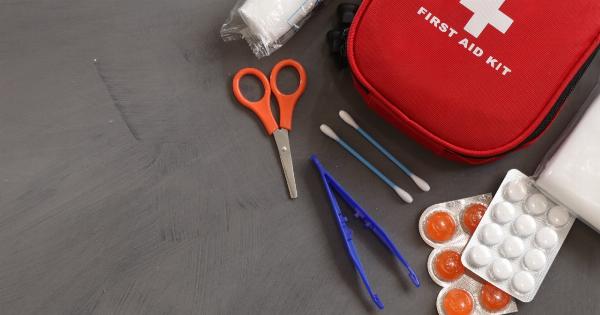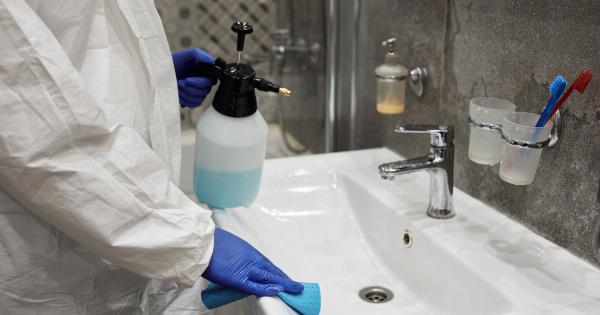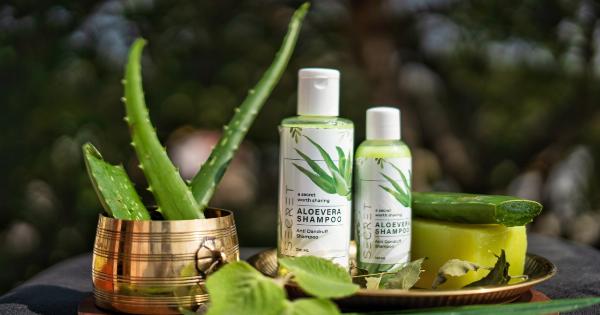Cod is a popular fish variety enjoyed by people all around the world for its mild taste, flaky texture, and versatility in cooking. However, before preparing cod for cooking, there is a vital step that you should not miss – scraping off the dampness.
The moisture that accumulates on the surface of the fish can affect its flavor and texture, making it less enjoyable to eat. In this guide, we will show you how to properly remove the dampness from your cod, ensuring that it is tender, flavorful, and ready for cooking.
Step 1: Prepare Your Tools
Before starting the scraping process, you need to make sure you have the right tools. You will need a large plate or a baking tray lined with a clean kitchen towel, a sharp kitchen knife, and a scraping tool such as a spatula or a fish scraper.
Make sure all the tools are clean and dry before you start.
Step 2: Rinse the Cod
Give your cod a quick rinse under cold running water to remove any dirt or debris. Pat it dry with a paper towel or a clean kitchen towel. This step is essential as it removes any surface impurities that may affect the taste of the fish.
Step 3: Place the Cod on the Plate
Place the cod on the plate or baking tray lined with a kitchen towel, ensuring that it is laid out flat. If you are working with a large fish, you may need to cut it into smaller pieces to make it easier to handle.
Make sure there is no overlapping of the fish pieces as it can trap moisture and slow down the drying process.
Step 4: Use the Knife to Scrape the Dampness Off the Cod
Using a sharp kitchen knife, gently scrape the surface of the cod in long, firm strokes. Start at the head and work your way towards the tail, making sure to remove as much moisture as possible.
Be careful not to press too hard as you may damage the delicate flesh of the fish. Continue the scraping process until the surface of the cod feels dry to the touch.
Step 5: Use the Scraper to Remove any Remaining Moisture
After removing the dampness with a knife, use a fish scraper or a spatula to remove any remaining moisture from the surface of the fish. Hold the scraper at an angle and scrape firmly from the head to the tail in a downward motion.
Make sure to remove all the moisture from the surface of the fish as it can cause bacteria growth if left unchecked.
Step 6: Repeat the Scrapping Process if Necessary
If you notice any damp spots on the surface of the fish after the first scraping, repeat the process until the fish is completely dry. Be patient, as this step can take some time, but it is crucial for getting the best results from your cod.
Step 7: Store the Cod in the Fridge or Freezer
After scraping the dampness off your cod, it is essential to store it correctly to maintain its freshness. Wrap the fish in a dry kitchen towel or paper towel and place it in an airtight container or a ziplock bag.
Store it in the fridge for up to two days or freeze it for longer periods.
Conclusion
Scraping the dampness off your cod is a simple process that can make a significant difference in the taste and texture of your fish dishes.
By removing the moisture from the surface of the fish, you can ensure that the flavor is not diluted, and the texture is light and flaky. Follow the step-by-step guide above, and you’ll have scrumptious cod dishes that are sure to impress your guests.
























